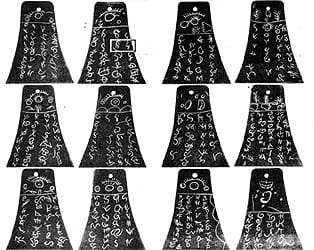Podcast: Download (53.4MB)
Subscribe: RSS
 Early on in life, Jennifer Roach was raised in a broadly Evangelical Christian setting. Being taught the Bible early on, Jennifer has had a love for sacred scripture. Her inquisitive nature and her spiritual passion took her to Divinity School, where she earned a Masters Degree in Divinity. Through her studies, she became interested in the Anglican faith where she became an ordained Anglican Minister.
Early on in life, Jennifer Roach was raised in a broadly Evangelical Christian setting. Being taught the Bible early on, Jennifer has had a love for sacred scripture. Her inquisitive nature and her spiritual passion took her to Divinity School, where she earned a Masters Degree in Divinity. Through her studies, she became interested in the Anglican faith where she became an ordained Anglican Minister.
Through interactions with a Latter-day Saint reporter that was covering a story to which Jennifer was involved earlier in life, Jennifer would ask questions about the faith she was taught was evil and should be avoided. Her inquisitive nature brought her to ask several questions over email, and to begin a study of the Pearl of Great Price and Book of Mormon.
One day as she was driving to work, she stopped and saw some Sister Missionaries from the Church of Jesus Christ of Latter-day Saints, walking the side of the road. She felt impressed to stop and connect with them. She took a selfie with the Sisters and sent it to her reporter friend, Garth Stapley, to show that she was actually going to talk with the missionaries.


Over the next 9 months Jennifer would go through some amazing experiences, address a number of questions both at Church and with the Missionaries, before being baptized a member of the Church of Jesus Christ of Latter-day Saints. Listen to this episode of the Latter-day Saint MissionCast to hear the full story.
Jennifer would encounter a number of online sources about the Church, some positive, some negative, including the CES Letter. She would use sources, like FairMormon and the Gospel Topics essays to help her navigate the many questions she had. Her research brought her to a faithful position, and one that has helped her endure the challenges that have come to her life as a result of her decision.
This episode is the first time that Jennifer has told this story to the general public in a podcast. If you want to follow her blog and connect with Jennifer, visit her blog myconvertlife.com
This episode was produced and first released on the Latter-day Saint MissionCast. The Latter-day Saint MissionCast is not a production of FairMormon.




